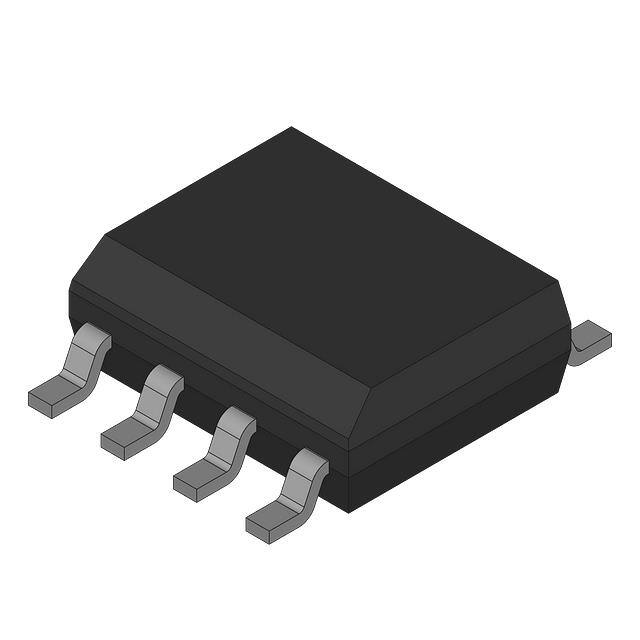STM32F103RCT6
STM32F103RCT6 Introduction
STM32F103RCT6 is a 32-bit microcontroller based on the ARM Cortex-M3 core produced by STMicroelectronics. It belongs to the Performance line of the STM32F1 series of microcontrollers. This model is widely used in embedded systems. It has powerful performance and rich peripheral interfaces, and is very suitable for consumer electronics, industrial control, medical equipment and the Internet of Things.
STM32F103RCT6 Parameters
STM32F103RCT6 Similar Prodcuts Comparison
Microcontrollers STM32F103RCT6 vs STM32F105RCT6 vs STM32F107RCT6 vs MK20DX256VLH7 vs STM32F105RCT7 Comparison
| Parameter | STM32F103RCT6 | STM32F105RCT6 | STM32F107RCT6 | MK20DX256VLH7 | STM32F105RCT7 |
|---|---|---|---|---|---|
| Image | 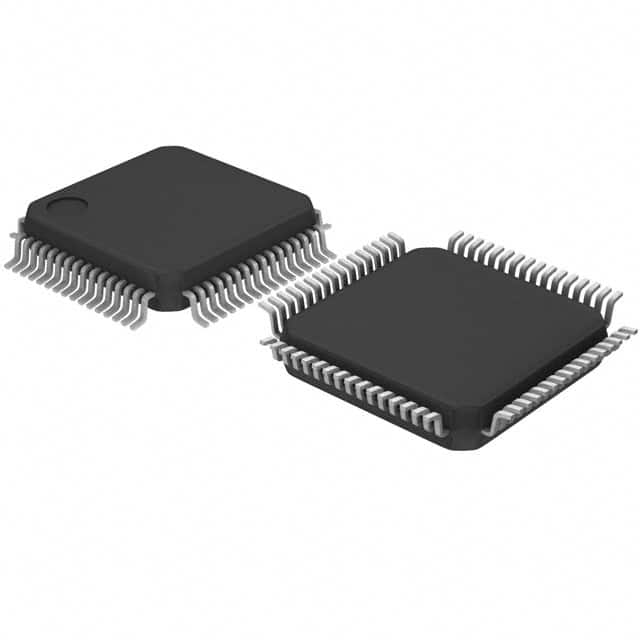 | 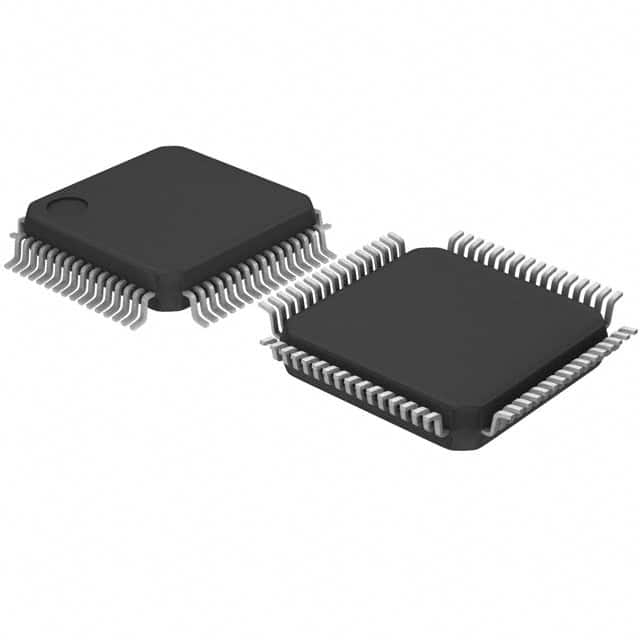 | 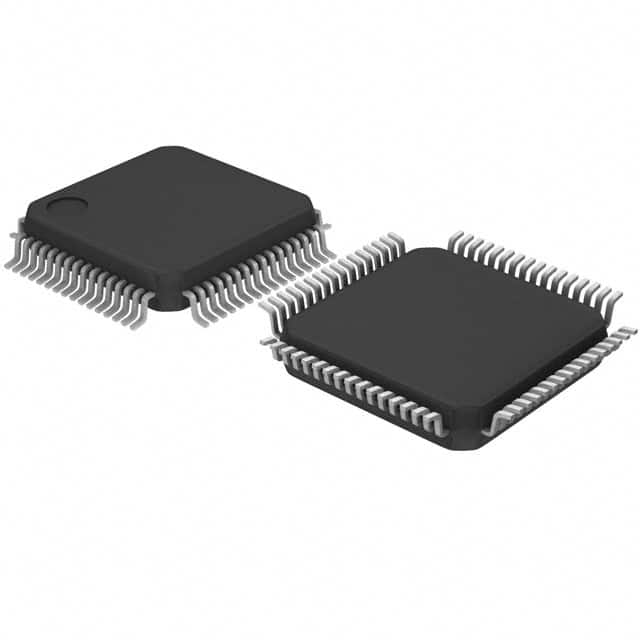 | 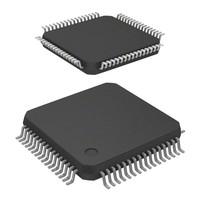 |  |
| Manufacturer | STMicroelectronics | STMicroelectronics | STMicroelectronics | NXP USA Inc. | STMicroelectronics |
| Core Architecture | ARM Cortex-M3 | ARM Cortex-M3 | ARM Cortex-M3 | ARM Cortex-M4 | ARM Cortex-M3 |
| Core Frequency | 72 MHz | 72 MHz | 72 MHz | 120 MHz | 72 MHz |
| Flash Memory | 256 KB | 256 KB | 512 KB | 256 KB | 256 KB |
| SRAM | 48 KB | 64 KB | 128 KB | 64 KB | 64 KB |
| Pin Count | 64 | 64 | 64 | 64 | 64 |
| Package Type | LQFP64 | LQFP64 | LQFP64 | LQFP64 | LQFP64 |
| I/O Pins | 37 | 37 | 37 | 37 | 37 |
| Operating Voltage | 2.0V to 3.6V | 2.0V to 3.6V | 2.0V to 3.6V | 2.7V to 3.6V | 2.0V to 3.6V |
| Timers | 3 x 16-bit, 2 x 32-bit | 3 x 16-bit, 2 x 32-bit | 3 x 16-bit, 2 x 32-bit | 4 x 16-bit, 2 x 32-bit | 3 x 16-bit, 2 x 32-bit |
| USART/UART | 3 | 3 | 3 | 5 | 3 |
| SPI/I2C | 3 x SPI, 2 x I2C | 3 x SPI, 2 x I2C | 3 x SPI, 2 x I2C | 3 x SPI, 2 x I2C | 3 x SPI, 2 x I2C |
| Analog Features | 1 x 12-bit ADC, 1 x DAC | 1 x 12-bit ADC, 1 x DAC | 2 x 12-bit ADC, 1 x DAC | 2 x 12-bit ADC, 1 x DAC | 1 x 12-bit ADC, 1 x DAC |
| DMA | Yes | Yes | Yes | Yes | Yes |
| CAN | 1 | 1 | 1 | 1 | 1 |
| USB | Full-Speed USB 2.0 | Full-Speed USB 2.0 | Full-Speed USB 2.0 | Full-Speed USB 2.0 | Full-Speed USB 2.0 |
| Operating Temperature | -40°C to +85°C | -40°C to +85°C | -40°C to +85°C | -40°C to +105°C | -40°C to +85°C |
| Special Features | Internal 16-bit ADC | Internal 16-bit ADC | Internal 12-bit ADC, USB, CAN | Floating Point Unit (FPU), CAN | Internal 16-bit ADC |
Typical applications of STM32F103RCT6
Industrial control: such as PLC, sensor interface, signal processing, etc.
Internet of Things devices: suitable for low-power, networked applications.
Consumer electronics: smart home, home appliance control, etc.
Automotive electronics: such as vehicle control systems, CAN bus communication equipment, etc.
Medical equipment: portable medical instruments and monitoring equipment.
STM32F103RCT6 Project Video
[STM32 Programming] I2C Peripheral Control Programming.
STM32F103RCT6 Datasheet PDF and Reference Manual
Download datasheets and manufacturer documentation for STM32F103RCT6
FAQs about STM32F103RCT6:
1. What is STM32F103RCT6?
A: STM32F103RCT6 is a 32-bit microcontroller based on ARM Cortex-M3 core produced by STMicroelectronics. It belongs to the performance line of STM32F1 series, with 72 MHz main frequency, 256 KB Flash memory, 48 KB SRAM and rich peripheral interfaces, suitable for a variety of embedded system applications.
2. What is the package type of STM32F103RCT6?
A: STM32F103RCT6 uses LQFP-64 package, which is 64-pin low pin count quad flat package. This is a package suitable for surface mounting and is often used in circuit board design with small space.
3. What is the operating voltage range of STM32F103RCT6?
A: The operating voltage range of STM32F103RCT6 is 2.0V to 3.6V. This makes it suitable for low-power and battery-powered applications.
4. What communication interfaces does STM32F103RCT6 support?
A: STM32F103RCT6 supports multiple communication interfaces, including:
3 USART/UART interfaces: for serial communication.
2 I2C interfaces: for serial communication between devices.
3 SPI interfaces: support high-speed serial peripheral communication.
1 CAN bus interface: for communication in automotive and industrial fields.
USB 2.0 full-speed interface: for USB device mode communication.
5. How many GPIO pins does STM32F103RCT6 support?
A: STM32F103RCT6 provides 51 general-purpose input and output (GPIO) pins, which can be configured for multiple functions, including digital input/output, peripheral function multiplexing, etc.
6. What is the main frequency of STM32F103RCT6?
A: STM32F103RCT6 uses ARM Cortex-M3 core with a main frequency of up to 72 MHz, which can meet the processing requirements of various embedded applications.
7. What low-power modes does STM32F103RCT6 support?
A: STM32F103RCT6 supports multiple low-power modes, including:
Sleep mode: suspend CPU, peripherals continue to work.
Stop mode: suspend all clocks, keep RAM and register data.
Standby mode: lowest power mode, all clocks and voltage regulators are turned off, only backup registers are retained.
8. What timers does STM32F103RCT6 have?
A: STM32F103RCT6 includes multiple timers:
3 16-bit timers: support input capture, output comparison, PWM generation and basic counting functions.
1 32-bit timer: support more complex timing functions.
2 watchdog timers: used to monitor system operation and prevent crashes.
SysTick timer: used for operating system scheduling or timing applications.
9. Can STM32F103RCT6 be used for USB device applications?
Answer: Yes, STM32F103RCT6 has a USB 2.0 full-speed interface and can work in USB device mode, which is very suitable for implementing USB communication functions such as USB HID devices, USB storage devices, etc.
10. What are the ADC specifications of STM32F103RCT6?
Answer: STM32F103RCT6 has a 12-bit ADC and provides 16 channels. Its sampling speed can reach 1 MSPS (million samples per second), which is suitable for the acquisition and processing of various analog signals.
11. Does STM32F103RCT6 support external interrupts?
Answer: Yes, STM32F103RCT6 supports up to 16 external
Interrupts can be triggered by events on external pins, and each interrupt can be independently configured as rising edge, falling edge, or both edges.
12. What is the operating temperature range of the STM32F103RCT6?
Answer: The operating temperature range of the STM32F103RCT6 is -40°C to +85°C, which is suitable for industrial environment applications. Depending on the needs, industrial-grade products with a higher temperature range can also be selected.
13. What is the pin compatibility of the STM32F103RCT6?
Answer: The STM32F103RCT6 belongs to the STM32F1 series and has a standard pinout. Its pins are mostly pin-compatible with other models in the STM32F103 series (such as the STM32F103RET6), so it can easily replace other models in the same series.
14. Does the STM32F103RCT6 support floating-point operations?
Answer: No. STM32F103RCT6 uses the ARM Cortex-M3 core, which does not support hardware floating-point operations. If you need to support hardware floating-point operations, you can choose an STM32 microcontroller with an ARM Cortex-M4 or Cortex-M7 core (such as the STM32F4 series).

